All objects around us are made of some materials. These materials may
be classified as glass, metal, plastics, wood, cotton, paper or mud. So, each of these objects are classified based on the materials they are made of.
TABLE 1
|
OBJECTS |
MATERIALS THEY ARE MADE UP OF |
|
Plate(thali) |
Steel, Glass or plastic |
|
Pen |
Plastics, metal |
TABLE 2
|
MATERIALS |
OBJECTS MADE OF THOSE MATERIALS |
|
Wood |
Chair, Table, Plough, Bullock carts and wheels. |
|
Paper |
Books, Newspaper, Notebook, Toys and Calendar. |
Classification Based on Properties of Materials
-
Appearance
Materials usually look different from each other. Wood looks very different from iron. Iron appears different from copper or aluminium. At the same time, there may be some similarities between iron, copper and aluminium that are not there in wood.
-
Hardness
When we press different materials with your hands, some of them may be hard
to compress while others are easily compressible. Then, take a metal key and try
to scratch with it, the surface of a piece of wood, aluminium, a piece of stone, a
nail, candle, chalk and any other material. You can easily scratch some materials, while some cannot be scratched so easily. Materials which can be compressed or scratched easily are called soft while some other materials which are difficult to compress are called hard. For example, cotton or sponge is soft while the iron is hard. In appearance, materials can have different properties, like lustre, hardness, be rough or smooth.
-
Transparency
Those substances or materials, through which things can be seen, are called transparent. Glass, water, air and some plastics are examples of transparent materials.
Shopkeepers usually prefer to keep biscuits, sweets and other eatables in transparent containers of glass or plastic, so that buyers can easily see these items
On the other hand, there are some materials through which you are not
able to see. These materials are called opaque. You cannot tell what is kept
in a closed wooden box, a cardboard carton or a metal container. Wood,
cardboard and metals, are examples of opaque materials.
The materials through which objects can be seen, but not clearly, are known as translucent.
Methods of Separation

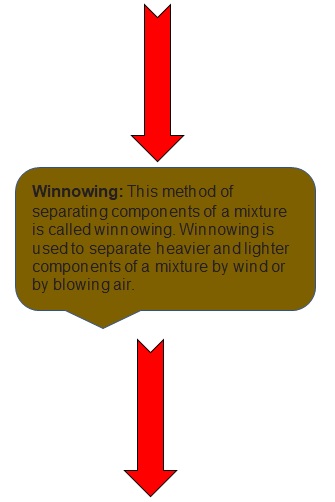
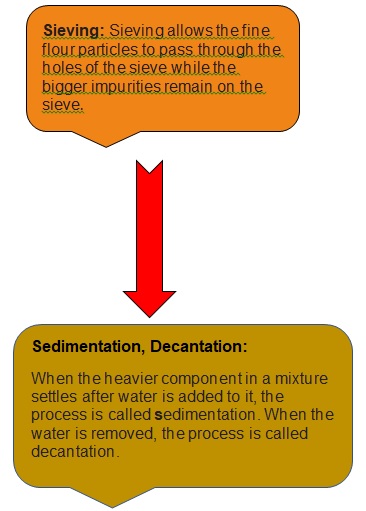
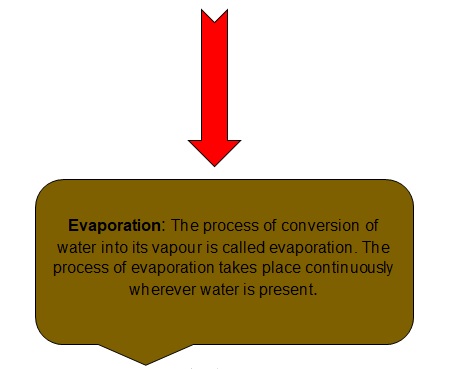
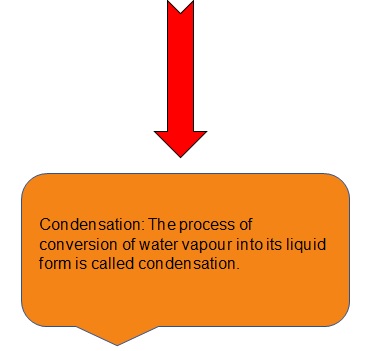
Recap
- Materials usually look different from each other. Wood looks very different from iron.
- Cotton or sponge is soft while the iron is hard. In appearance, materials can have different properties, like lustre, hardness, be rough or smooth.
- Those substances or materials, through which things can be seen, are called transparent. Glass, water, air and some plastics are examples of transparent materials.
- Handpicking can be used for separating slightly larger sized impurities like the pieces of dirt, stone, and husk from wheat, rice or pulses.

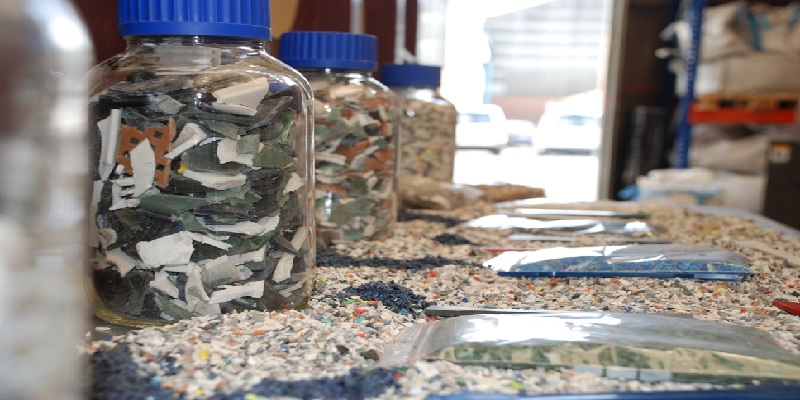















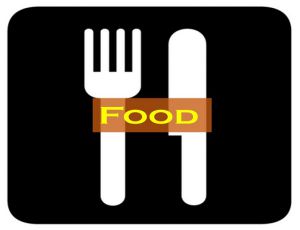









Comments